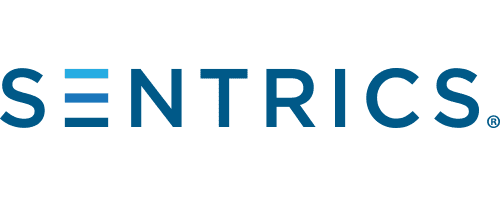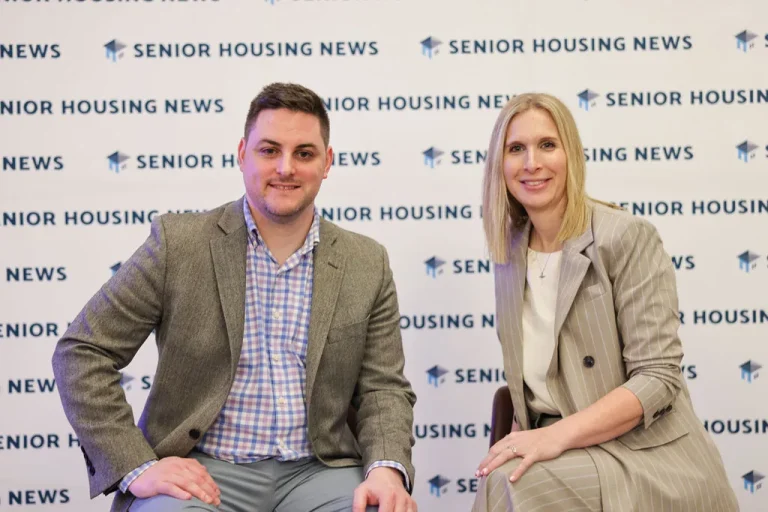The Role of Technology in Reporting and Compliance
When COVID hit senior living residents at an astounding rate in 2020, federal, state, and local officials quickly realized that many senior living communities didn’t have the processes to meet the required reporting requirements.
Senior living communities across the country had to figure out how to help ensure and report on the safety and health of residents and staff. They created case management protocols to manage a highly contagious infectious disease and report on their ability to do so. Most of these paper-based processes burdened already overworked staff and tight budgets. Over time, communities leveraged technology to make case management and reporting consistent, more efficient, easier, and less expensive.
Senior Living Communities Adopted Case Management Best Practices
According to the Care Management Society of America, case management is a collaborative process of assessment, planning, facilitation, care coordination, evaluation, and advocacy for options and services that meet an individual’s and family’s comprehensive health needs through communication and available resources. The plan’s goals include promoting patient safety, quality of outcomes, and cost-effectiveness.
As COVID struck, operators adopted case management processes and protocols. At a minimum, they included assessment, care coordination and facilitation, monitoring, and reporting. Most communities added a step at the front of this proven process: Prevention through social distancing and limited interactions. To enforce social distancing protocols, some communities turned to RTLS-based technology like geofencing. This had added benefits of providing a foundation for case management and reporting.
Assessments Identified Residents and Staff in Need of Care
COVID assessments took many forms, from testing those who became ill to testing everyone on a regular basis. Once a resident was identified with COVID, communities performed contact tracing to identify others at risk. While most communities completed this process manually at first, those that leveraged technology became very proficient. In fact, automated contact tracing made identifying residents at risk fast and easy, allowing communities to focus their limited staff on care coordination and facilitation.
Care Coordination and Facilitation Became the Norm
Many communities had to create plans to manage the care of those infected. Those plans started with developing a list of baseline protocols for the infected. Some communities leveraged new technology to help caregivers track when a process was completed. For example, let’s say a community has 6 protocols for COVID case management including:
- Following CDC guidelines
- Informing and isolating a resident with the virus
- Providing written instructions
- Gathering contact data (e.g. contact tracing)
- Gathering symptom data
- Disinfecting the room
That checklist could be on paper or digital. Technology-based solutions gave caregivers the ability to follow an electronic protocol, capturing relevant data at each step. Entering information directly into a system helped ensure that each step was followed, required less time to review, and was visible and reportable in real-time.
For Nursing Directors, who had access to instant information about the condition of infected residents, daily management was easier. Access to other active conditions as well as medical history, helped them anticipate resident needs, while visibility into the number of infected residents, the number of days in isolation, and information like the list below, made planning easier:
- Number of passive cases
- Number of exposed residents
- Number of those in quarantine
- Number of those coming off quarantine
Facility managers’ roles expanded to include everything from developing new disinfectant protocols to projecting PPE needs.
Communities turned to technology to help determine the run rate of PPE by building, community and region for larger multi-site companies. Sophisticated case management technology tracked the run rate of PPE usage based on the number of sick patients. This helped facilitate early ordering and even sharing of PPE between associated communities.
New Reporting Requirements Drove New Technology Needs
As the pandemic continued, communities became adept at reporting–from complying with the new federal and state requirements, to beefing up communication strategies with county health departments, owners or investors, families, and in many cases, the media.
Spreadsheets became the norm as each community documented COVID cases every day. They used their own formulas to calculate totals from one day to the next and send their totals to each entity. Some sent those totals to corporate to tally across the organization. Others entered data daily into a shared spreadsheet that corporate team members tallied to calculate and report their infection rate across the organization.
While a spreadsheet solution may have worked for corporations with three, five, or seven communities, communities that needed to report results across 60, 100, 200, 300 or more turned to more sophisticated technology.
Larger corporate entities created dynamic reporting tools that flexed to meet changing requirements. Others leveraged the reporting functionality that was built-into their case management solutions to track cases at the community level and the corporate level, including breakdowns by state, region, ownership group and level of care at daily or even hourly timeframes.
Formal Case Management and Reporting are Here to Stay
The Assisted Living Facility Coronavirus Reporting Act (S. 4184 and H.R. 7463), introduced in July by Sen. Elizabeth Warren (D-MA), a member of the Senate Health, Education, Labor, and Pensions and Aging committees; Sen. Edward J. Markey (D-MA); and Rep. Carolyn B. Maloney (D-NY), chairwoman of the House Committee on Oversight and Report, will forever change the way senior living communities report on resident and staff health and wellbeing.
At the same time, COVID will have long-term health implications on many residents. The Mayo Clinic projects those long-term effects to include:
- Lingering symptoms of fatigue, shortness of breath, cough, joint pain, chest pain
- New symptoms of muscle pain or headache; fast or pounding heartbeat; loss of smell or taste; memory, concentration or sleep problems; rash or hair loss
- Organ damage to the heart, lungs and brain
- Blood clots and blood vessel problems
- Problems with mood and fatigue
These long-term conditions could become chronic health concerns that need to be closely managed. In response, communities are developing new case and care management protocols to manage the health of these residents and report on it. They are adding care and case management tools to their communities, and an unprecedented number of communities have developed or partnered with Medicare Advantage plans to manage healthcare risk.
According to Anne Tumlinson, CEO of ATI Advisory, “we had 150 institutional special needs plans (I-SNPs) operated around the country [in 2020]. Those plans very often are offered in nursing homes, but also offered in assisted living. Of those plans, there were 150 in 2020, and we’re going to have 174 in 2021. Of those 174, 64 of them are provider-owned, which is an increase in the percentage of the total that are owned, or have some ownership by a long-term care provider.”
Adopt Technology Now to Stay Ahead
Senior living communities that want to leverage a technology solution to help them better manage residents’ long-term health issues and reduce staff time spent gathering and compiling data should look for a solution that provides insightful reporting, dashboards, built-in protocol management, and automatic contact tracing like Ensure360SM.
Like it or not, ensuring the safety and health of residents is now a required part of running a senior living community. Faced with high staff turnover, increased expenses and a mountain of reporting, communities adopting digital solutions to help manage new reporting and care management requirements can save time, be more efficient and consistent, and reduce some of the expenses required in this new age.



